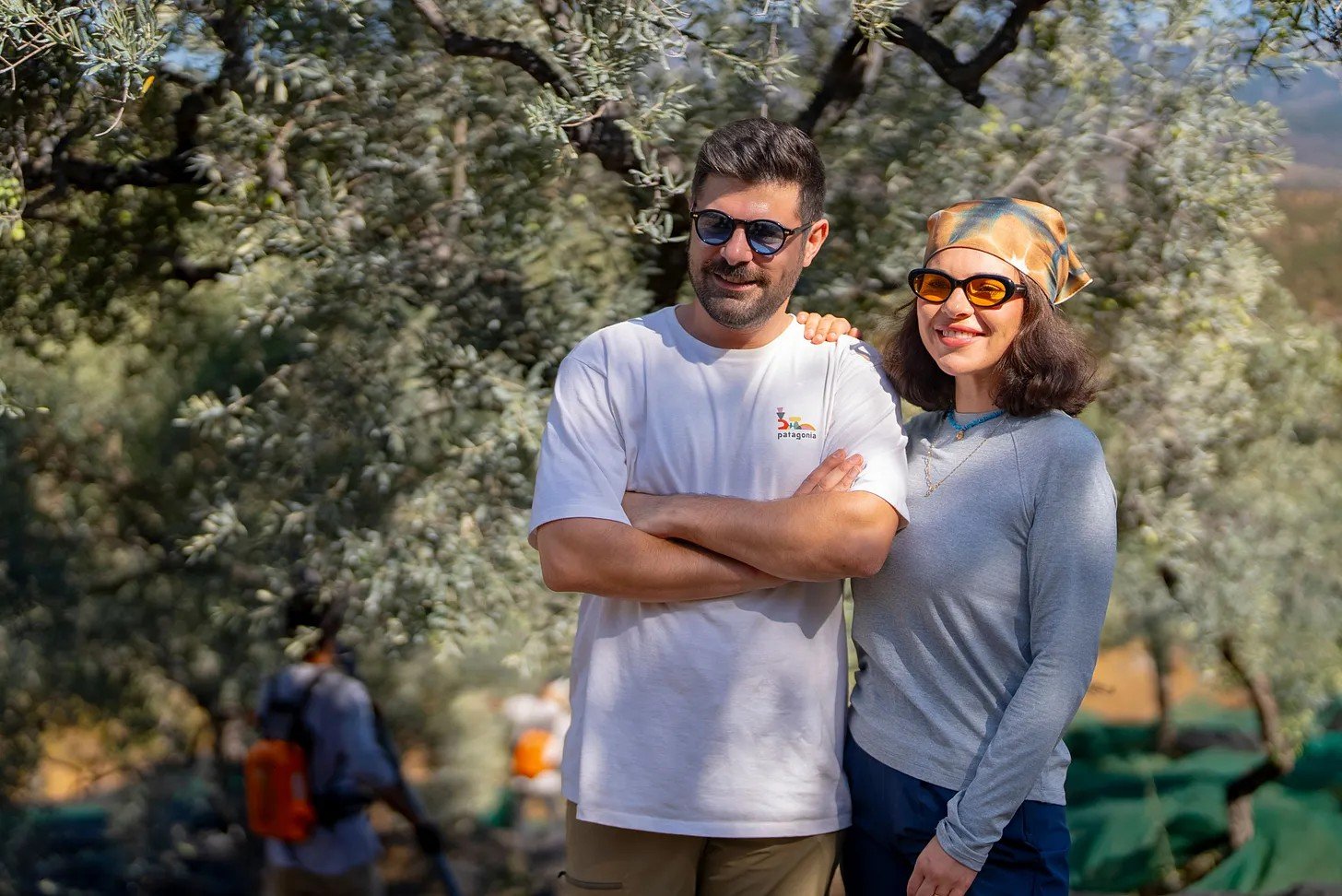True Gold: A Founder Discusses the Richness of Turkish Olive Oil
Berk Bahceci of Heraclea on transparency, flavor, and caring for the land.
Berk Bahceci couldn't shake it. He saw people everywhere—in the US and abroad—consuming olive oil, but it was always from the same few countries, never from Turkey, where he grew up. It didn't make sense to Berk, given that Turkey is one of the world's largest olive oil producers.
"That disconnect stuck with me," Berk tells us. "And I realized there was a real opportunity to introduce Turkish olive oil to the U.S. market in a way that honored its origins and told its story with care."
That's what Berk did. While in the throes of working toward a law career in the US, he pivoted and put his attention toward his instincts—which happened to be his family's century-old olive groves around Mount Latmos mountain range in Turkey. Berk worked to preserve the land's rich history and modernize his family's conventional approach to olive oil production. With his wife, Sena, he launched Heraclea, a genuinely sustainable and transparent olive oil company that boasts the sweet, golden liquid from his native country.
We spoke with Berk about caring for the land, sourcing good quality olive oil, and the joy found in olive oil. As he tells us, he wishes to democratize the olive oil industry by empowering its true stakeholders: the workers and farmers.
Berk and Sena Bahceci in their family groves around Mount Latmos.
A Conversation with Berk Bahceci
Spain, Italy, and Greece get a lot of attention regarding olive oil. Tell us about Turkey and its olive tree groves around Mount Latmos.
Turkey absolutely deserves to be in that conversation—not just because of its volume but because of the land's deep olive oil history. Some even say olive oil was first discovered in what is now modern-day Turkey. In our groves around Mount Latmos, we care for nearly 15,000 trees, many of them ancient, others younger but naturally planted.
What type of olive do you grow?
We grow a native variety called Memecik. It's specific to our region—Milas—and produces a rich, aromatic oil that's full of character. The oil is protected with a PDO (Protected Designation of Origin) status from the European Commission, meaning it can only be produced here. The mountains, the sea air, the soil—it all comes through in the flavor.
Berk in the groves.
Sustainability is critical for you and the Heraclea team. What practices do you take to regenerate your soil and care for your land?
We work with the land, not against it. Our groves weren't manufactured—they've grown naturally over the years, stretching along the slopes of the mountain. We don't use artificial irrigation. Instead, we build ponds to capture rainwater, which animals drink from as they graze. These animals help manage weeds, so we don't need herbicides. We plant fruit trees to attract fruit flies, keeping them away from the olives without resorting to pesticides.
It's a system that relies on balance, not control. The trees live under a bit of stress from the tough soil, which is actually good—it encourages them to produce polyphenols, the antioxidants that make our olive oil so powerful.
Heraclea Mature Harvest EVOO, photo credit: Rana Düzyol
What is your advice for sourcing a high-quality olive oil?
The truth is, you can't always tell what's in a bottle just by tasting it. That's why transparency matters. At Heraclea, we're vertically integrated—we grow, harvest, press, and bottle ourselves. That's how we ensure quality at every stage.
There are small but critical steps that impact the final oil, such as pressing within four to six hours of harvest and storing it in stainless steel tanks at a temperature below 60°F. Brands that just buy bulk oil from producers can't always guarantee these details. If you're shopping for olive oil, look for a brand that's truly close to the source.
What do you love most about olive oil—producing, eating, and sharing it?
There's something incredibly grounding about it. To care for a tree all year, harvest its fruit, press it into oil, and then cook with it—that's a full-circle moment few people get to experience. It's one of the great joys of my life.
Heraclea Olive Oils are organic, PDO certified, and Fair Trade certified. Learn more at heraclea.co.



